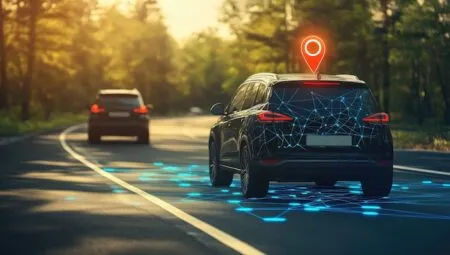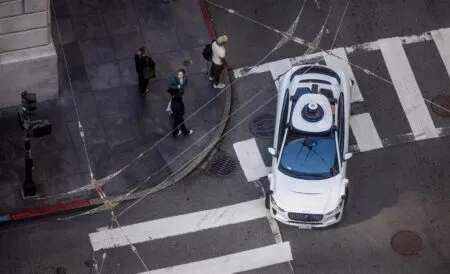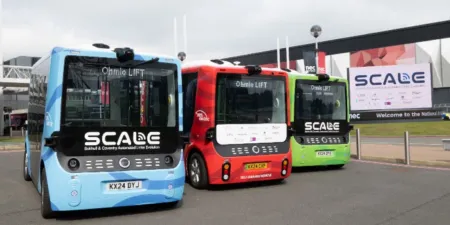 Stephanie Leonard, head of government and regulatory affairs at TomTom, looks at how MaaS, autonomous ‘robo-taxis’ and electrification could help us to keep moving in the Covid-19 era.
Stephanie Leonard, head of government and regulatory affairs at TomTom, looks at how MaaS, autonomous ‘robo-taxis’ and electrification could help us to keep moving in the Covid-19 era.
There’s no doubt our daily routines and lifestyles post-pandemic will be different to how it was before – and there’s no turning back. As lockdown restrictions gradually lift, the onus is now on public authorities as they find ways to solve current mobility and congestion challenges. To achieve full economic and social recovery though, a comprehensive plan will be needed to define what the future of transport and mobility will look like in the years to come.
With more people opting for alternative ways of travelling, whether it’s walking, cycling or driving, it’s vital countries prioritise the health and safety of their citizens first. However, it’s equally just as important that the bigger picture stays front of mind. It’s clear that transport infrastructure impacts our world on both economic and social levels. Therefore, safety, sustainability and efficiency need to be seen as unavoidable considerations when it comes to the continuity of the sector.
While Mobility as a Service (MaaS) has largely contributed to these efforts, concerns over infections, coupled with reluctance to return to public transport, could hinder any progress that has been made so far. Just back in April, the Department for Transport reported that rail and Tube usage fell by over 95%, and the number of bus passengers dropped by 85%. It is therefore essential that public authorities continue to support and strengthen the MaaS model. With commuters’ trust as a priority, a data-driven, autonomous MaaS transport system could be the safest and most efficient solution for the post-pandemic world.
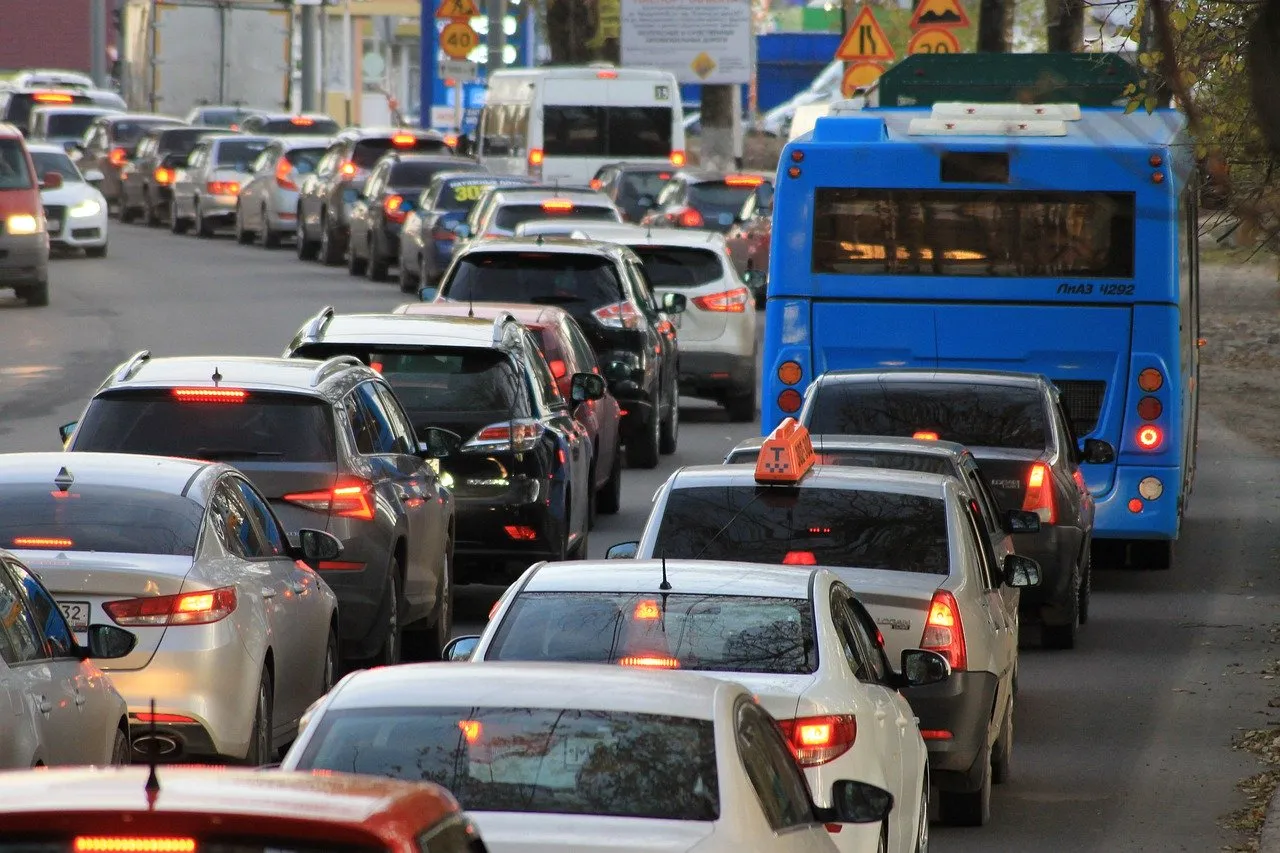
Keeping congestion under control
Will a return to relative normality inevitably lead to the return of widespread congestion in towns and cities? New car registrations in the UK rose by approximately 11% year-on-year in July with almost 175,000 sales, as the general public turned away from public transport in favour of personal vehicles.
While not an unmanageable shift, we must proceed with caution. The risk of transmission may be lower in a car, but the side-effects of traffic congestion & emissions can be equally as damaging. Recent reports suggest that pollution and low air quality can leave people at higher risk of contracting COVID-19, with the risk of death increasing by 15% in heavily polluted areas. Congestion can also have a negative impact on economic growth and the quality of people’s lives.
The need for sudden regional lockdowns only increases the likelihood of congestion as roads are closed and traffic diverted. Ultimately, public authorities will have to step in to keep congestion under control and flatten the traffic curve. The UK could take some inspiration from Singapore who have innovatively managed congestion with demand-based road pricing, offering financial incentives to drivers to avoid peak rush hours.
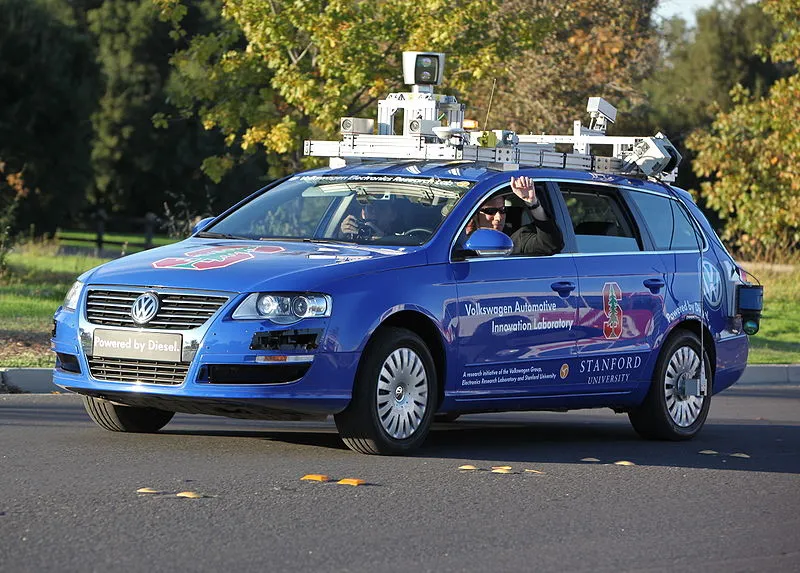
Electric robo-taxis: the answer to our problems?
However, a more palatable solution could come from MaaS and some of the recent trends that have been developing in the industry. The guiding principle of MaaS is to provide the public with travel solutions based on their present needs, rather than depending on a personal vehicle that mightn’t always be the best option. The wider adoption of a MaaS network would reduce congestion and car emissions, while improving public health outcomes more generally.
Despite this, the challenge policymakers will face is convincing the public that such modes of travel are safe. The only way for the MaaS industry to survive in the short-term will be dependent on government funding to support it through this period of fear and uncertainty.
Over time, however, a greater use of electric autonomous technologies could help allay concerns over transmission. It’s anticipated that the $75 billion invested in the development of autonomous cars by 2023, could lead to more sophisticated and reliable solutions. MaaS offerings like electric robo-taxis and other passenger services used to be the stuff of science fiction, but they could prove a major comfort for travellers hesitant to share an enclosed vehicle with a stranger.
Of course, electric autonomous vehicle networks need to be powered by the latest navigational solutions. In place of a human driver, onboard computers need up-to-date, accurate lane-level information on driving conditions and traffic in real-time. Services such as TomTom Traffic analyze real-time incidents and congestion to predict traffic before it happens. With billions of anonymized data points processed every second, autonomous vehicles will be able to avoid congested areas and transport their passengers safely from A to B.
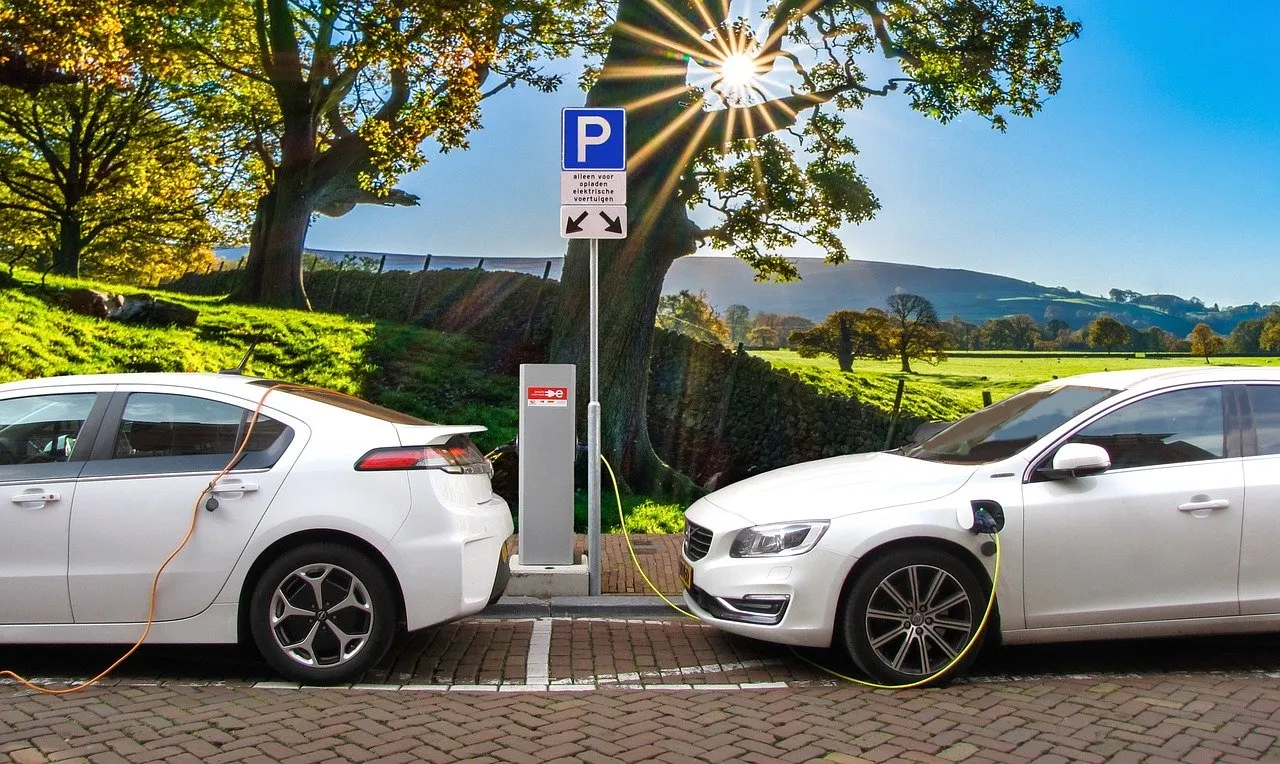
A cleaner and more efficient future
What the future of mobility will look like will depend on the combined efforts from public authorities, businesses and the general public. Yet, it will be down to public authorities to ensure the progress towards a cleaner, more efficient MaaS infrastructure continues to grow and thrive. Support for EVs, autonomous and smart navigation technologies are crucial to building a transport system that is fit and safe for the future.
Reforming the system is undoubtedly no small feat – and it will be a while until a working and reliable one will be in place. It’s important to remember though, that innovation is a journey, not the final destination. Every little step of progress will bring its own benefit and that’s why now is the time to get the wheels turning to reach national recovery.



